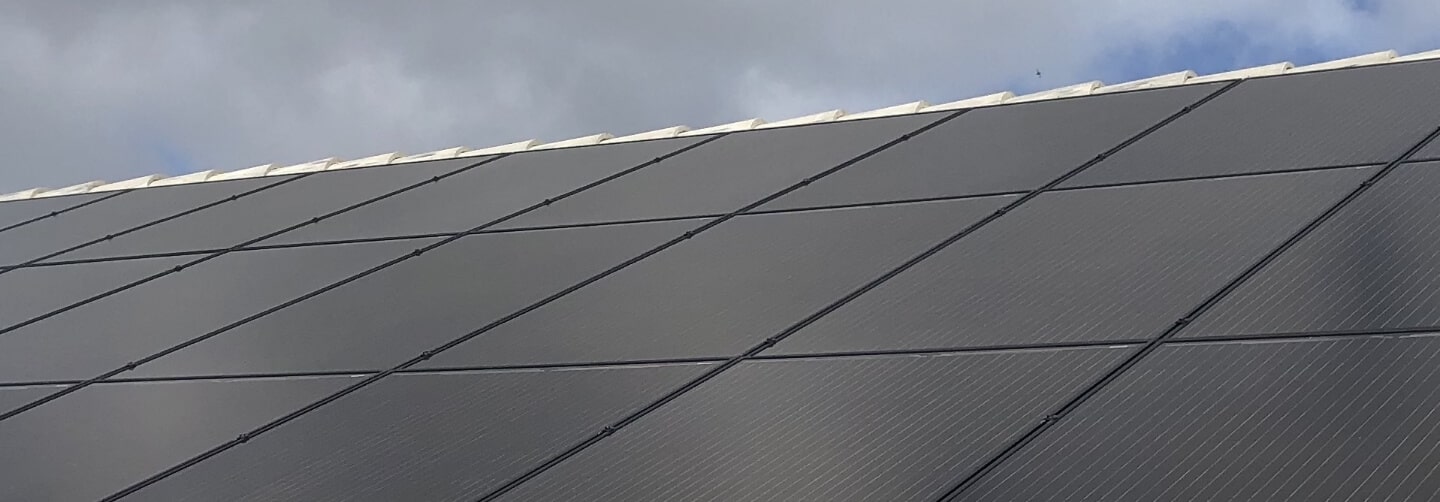How A Solar Inverter Works In Your Solar Panel System
A solar inverter is a vital component of any solar power system. It is responsible for converting the direct current (DC) output of the solar panels into an alternating current (AC) that can be used by household appliances. Solar inverters are also equipped with various safety features to protect your home and electrical equipment from damage. Inverters are typically mounted on the side of the house or on a pole in the yard, and they are connected to the electrical grid. Solar inverters come in different sizes, depending on the size of the solar power system. However, most residential solar inverters are between 1,000 and 5,000 watts. Here are the different types of solar inverter technologies.
String Inverter
A string inverter is a type of electrical inverter that is used to convert direct current (DC) into alternating current (AC). String inverters are typically used in photovoltaic (PV) systems and are connected in series with PV modules to form a string. The DC voltage from the PV modules is then converted to AC voltage by the string inverter. String inverters are one of the most commonly used types of inverters in PV systems, due to their relatively simple design and low cost. However, string inverters do have some disadvantages, such as the need for multiple units in larger PV systems, and the potential for partial shading of PV modules to reduce power output.
Power Optimizer
A power optimizer is a device that is attached to each individual solar panel and improves energy output. Power optimizers monitor the condition of each solar panel and communicate performance data to the inverter. This constantly updated information allows the inverter to operate each panel at its maximum power point, resulting in up to 30% more power. In addition, power optimizers provide enhanced safety features and module-level monitoring. This allows you to see the performance of each individual panel in your system, so you can quickly identify any issues. Power optimizers are an essential part of any high-performance solar system. By increasing energy output and providing module-level monitoring, they help you get the most out of your investment. However, solar PV systems that have power optimizers are hard to maintain and are expensive.
Microinverter
A microinverter is a device that converts direct current (DC) electricity into alternating current (AC). It is typically used in solar photovoltaic (PV) systems, and it is connected to each PV panel in order to optimally convert the generated DC power into AC power. Microinverters significantly improve the overall efficiency of a PV system by allowing each panel to operate at its maximum power point, regardless of the sunlight conditions or shading. Additionally, microinverters improve the safety of a PV system by isolating each panel from the grid, meaning that any failure in one panel will not affect the others. However, microinverters are far more expensive compared to string inverters and are also harder to repair or maintain as they are situated on the roof.
There you have it! These are some solar inverter technologies. To learn more about solar panel installation and solar inverters, contact us at Solar Energy Solutions of America. Services we provide include installation and maintenance of Solar Electric, Pool Solar, and Solar Attic Fans.
